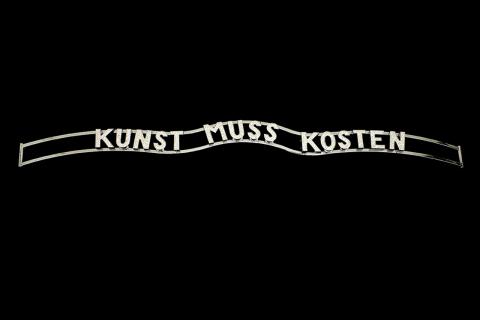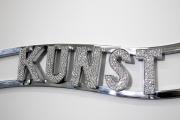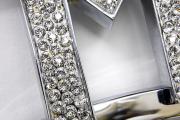- WORK
- 1-Euro-Jobber
- Ahorn und Buche…
- Bärentöter
- Bomb de Busch
- Die Eselsohren des Midas
- DU SOLLTEST SEIN WIE ICH
- Ein Yano im Busch
- Herschel & Gretel
- Fahne
- Der Goldene Reiter
- IN GOD WE TRUST
- KUNST MUSS KOSTEN
- Kreuzgang
- Martfelder Legenden
- Politik-Line
- Pathos vs. Puff Daddy
- Urbane Allee
- Visite ma tente
- weiss 104
- BIOGRAPHY
- CONTACT



